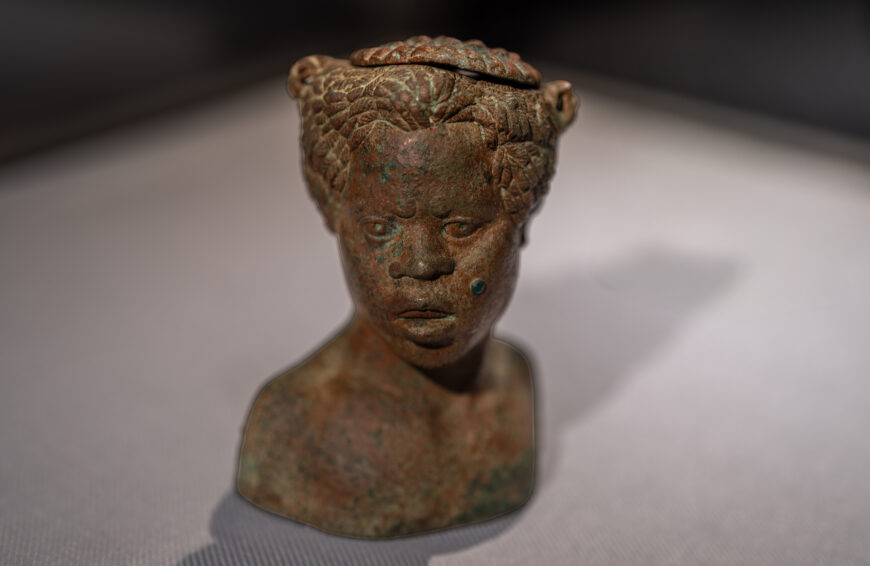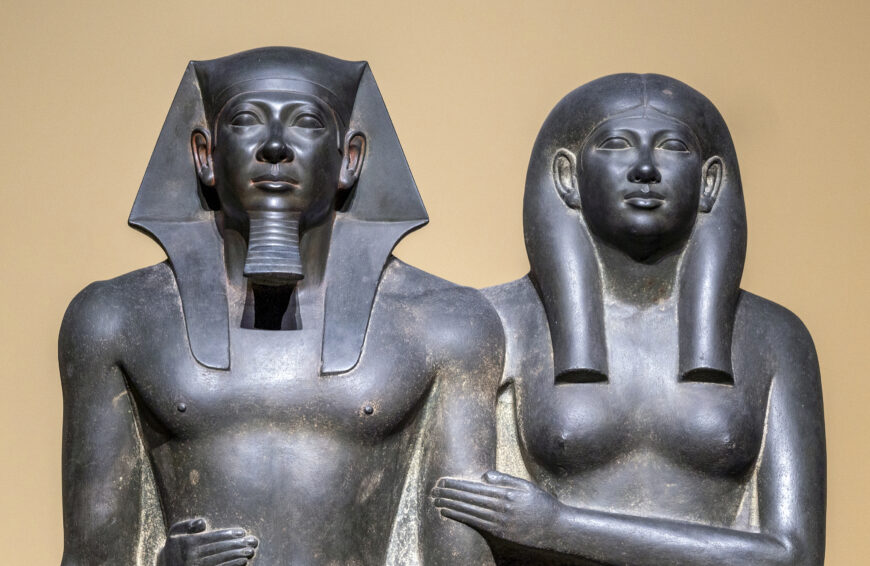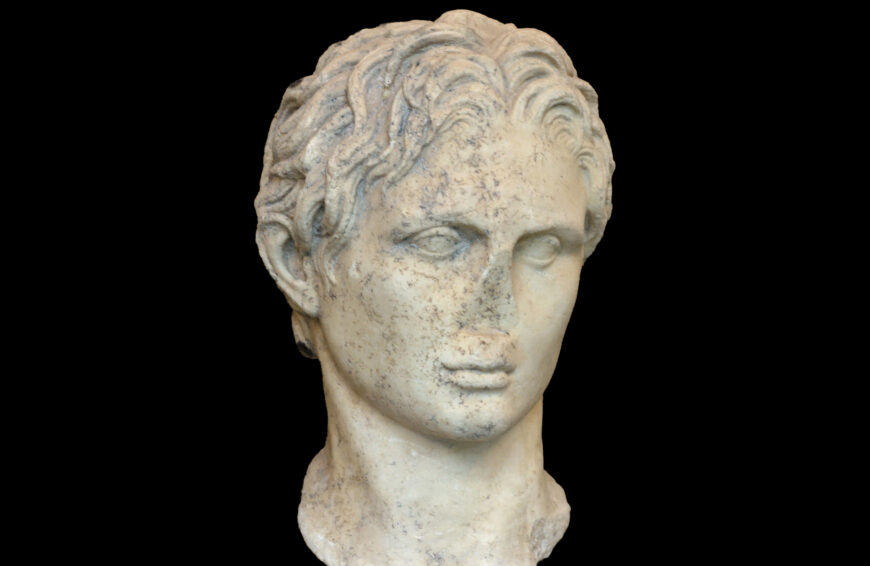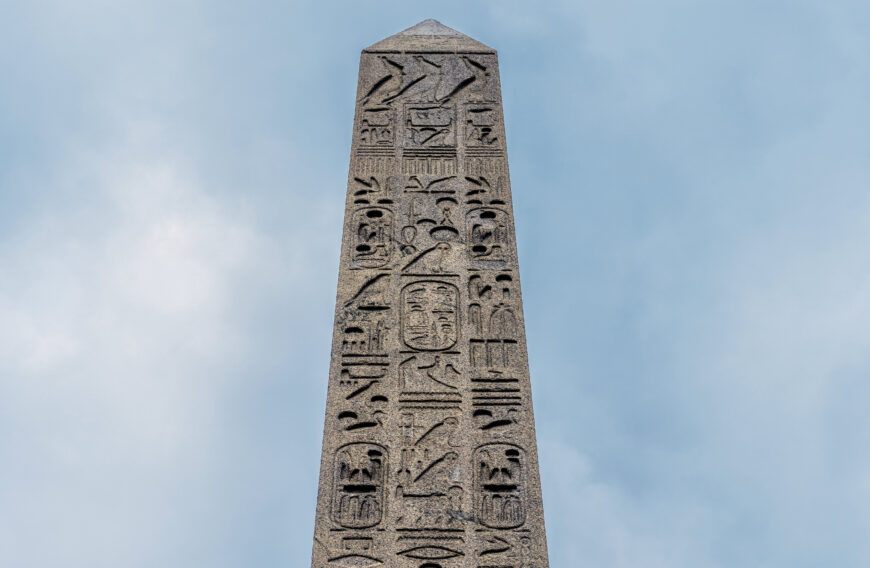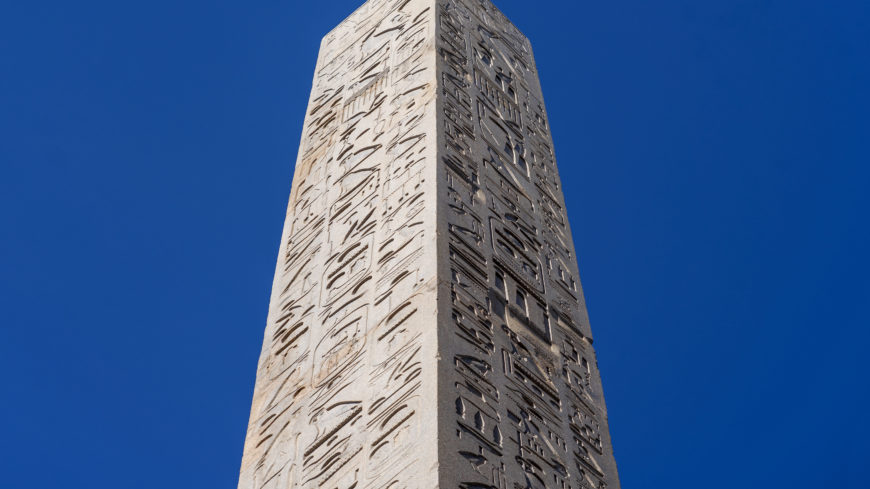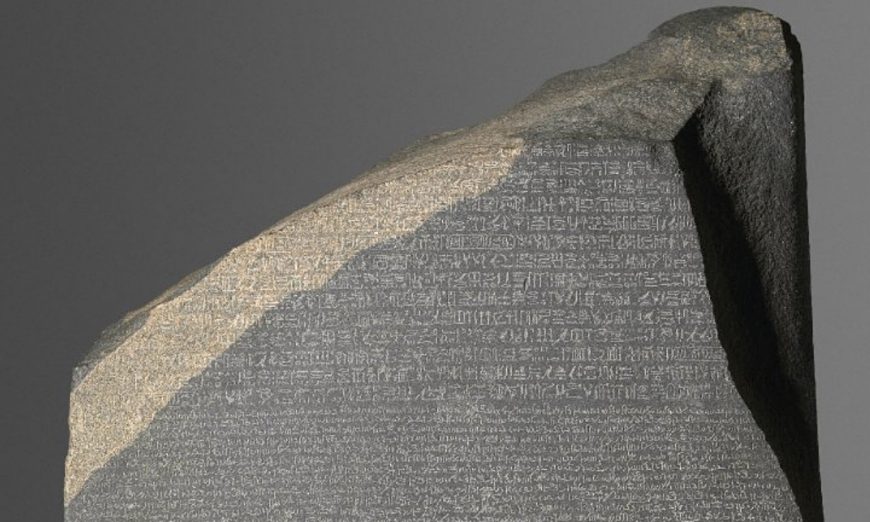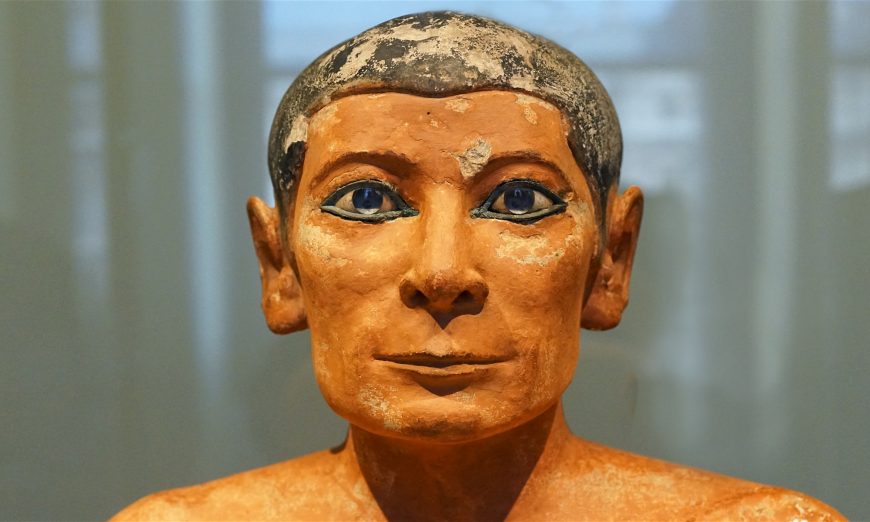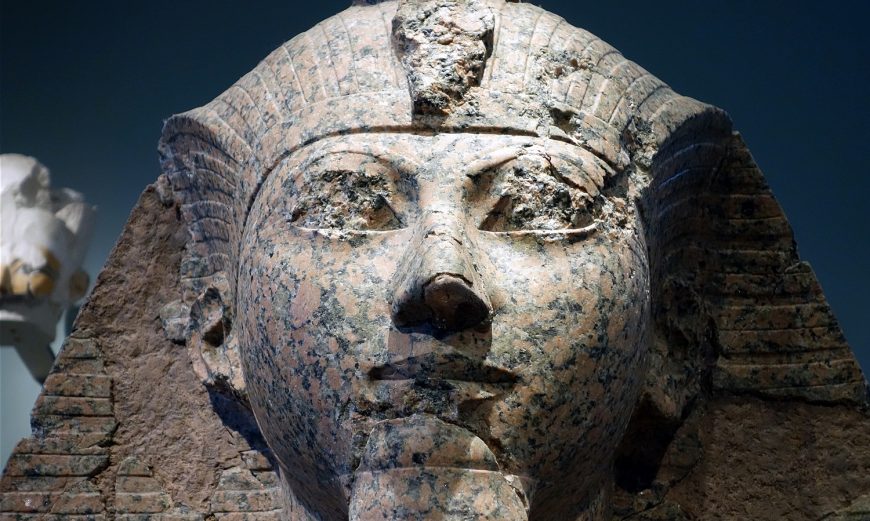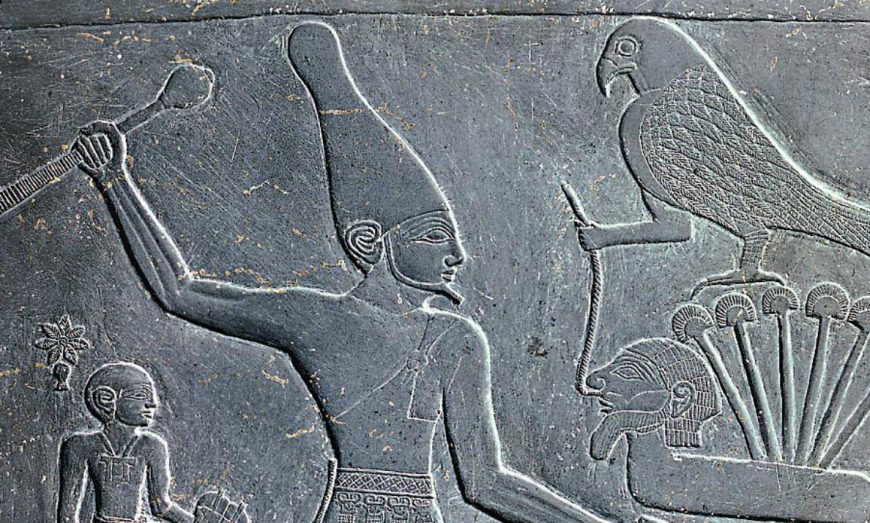Tiye was a powerful figure, but her royal life was complicated, as demonstrated through this changing statue.
Portrait Head of Queen Tiye with a Crown of Two Feathers, c. 1355 B.C.E. (Amarna Period, Dynasty 18, New Kingdom, Egypt), yew wood, lapis lazuli, silver, gold, faience, 22.5 cm high (Egyptian Museum and Papyrus Collection at the Neues Museum, Berlin)


